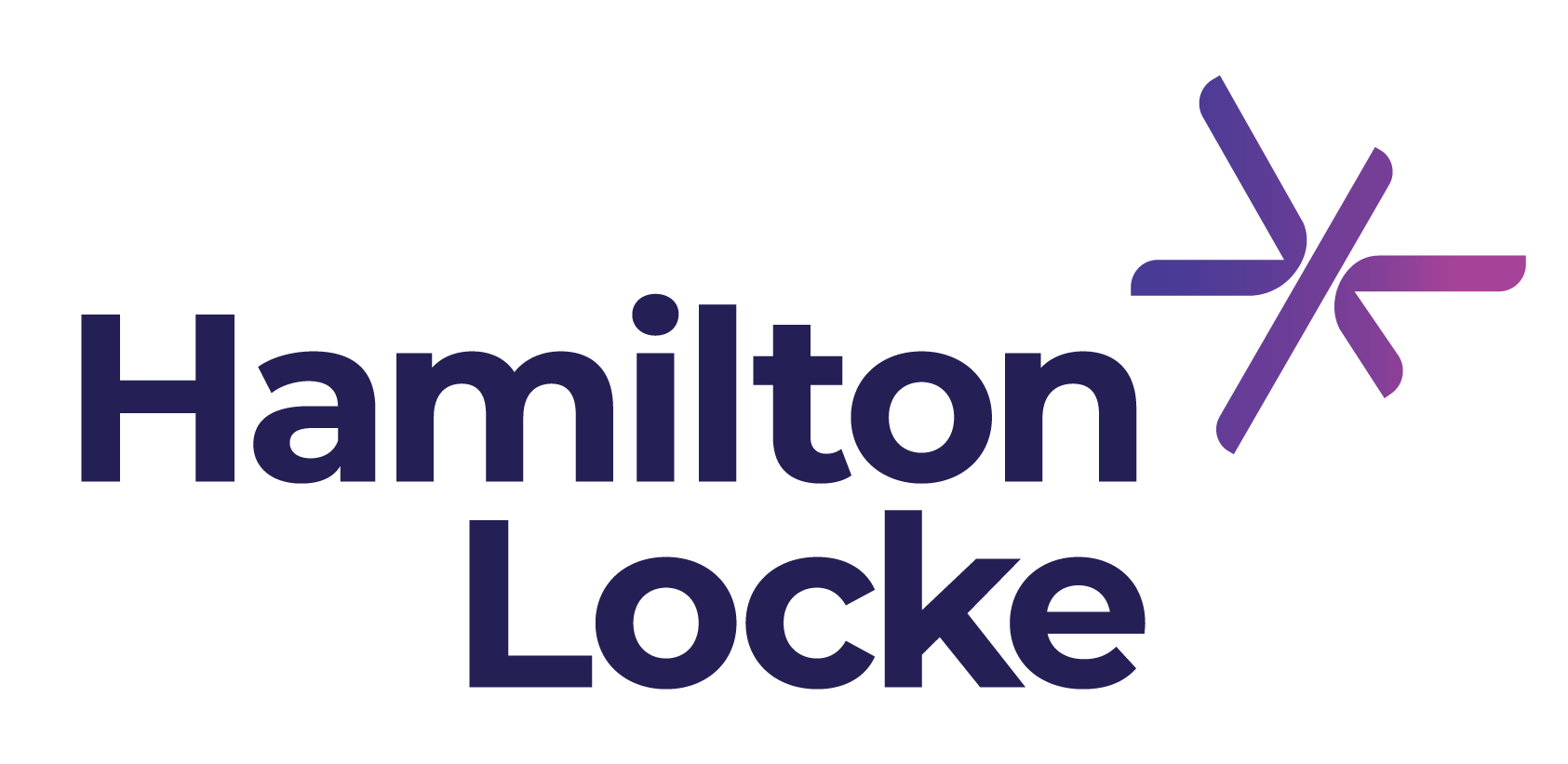START-UPS: TRICKS AND TRAPS FOR STAGE 1 OFFER AND NEGOTIATIONS
Published on Aug 11, 2020

The preliminary offer and negotiation stage is pivotal for any start-up in merger or trade sale talks. There are some tricks and traps at this stage but you can avoid them if you know what to expect.
TRAP: Don’t place undue reliance on the NDA
Often the first step in a deal is signing a confidentiality or non-disclosure agreement (NDA). If you’re the ‘target’ and the acquirer is in the same industry, disclosing your commercially sensitive business information could be risky.
Whilst the acquirer may argue you’re adequately protected by the NDA, in reality you probably aren’t. The NDA is usually provided by the acquirer and may be of dubious quality. It could be vague or even ambiguous about its purpose or important legal protections that should support your enforcement rights.
If the acquirer or its associates use the commercially sensitive information you shared at this stage inappropriately, your options are limited. You can litigate for breach of the NDA but this will be costly and time consuming without an adequate remedy. If the NDA is vague or ambiguous your chance of getting an injunction or damages will be greatly reduced.
An NDA is also often left unchecked by the target because lawyers aren’t generally engaged until much later in the process. This can leave you unwittingly exposed. By seeking legal advice early, you can bolster the provisions in the NDA before you sign.
TIP: Determine upfront if there is a match
Ask the proposed acquirer to provide a solid offer to purchase so you know what the transaction may look like (the Offer). You can assess if there is a potential future together before sharing any sensitive business information.
TIP: If in doubt, leave it out
At this stage, you should be very clear with the acquirer about what high level financial and business information you’re willing to provide confidentially so the acquirer can construct an Offer. The type of information provided should be sufficient to enable a ballpark Offer to be made, but not specific enough to be detrimental to your business if misused. It can be a difficult balance to strike but one you should have laser focus on.
All other confidential information about your operations and business plans should remain confidential until due diligence commences or a secure data room has been established. This is usually after a Heads of Agreement (HOA) or Term Sheet is signed which is in Stage 4.
TRICK: Know what you want and what you’re prepared to accept
The initial Offer should include four aspects:
1. Ballpark purchase price and calculation
Things to consider include:
- How the purchase price will be calculated. There are many ways to do this, such as customer fees x number of customers or a multiple of earnings.
- If the purchase price is based on earnings, will it be a multiple of NPAT or EBIT? If so, what multiple will be applied?
TIP: Now is the time to put forward your preferred price/valuation method. If a premium is to be paid, explain why. For example, if the business is profitable and pre-IPO with no venture capital investors.
2. The structure of the transaction
Things to consider include:
- Will the acquisition be through share purchase or new share issue?
- If purchase, will it be 100% or partial?
- If new shares are issued, what percentage of holding will be offered? How will that impact control moving forward?
TIP: For anything other than 100% acquisition, key fundamentals should be considered to make sure you and the acquirer will have an amicable and profitable pairing.
This includes considering:
- Expectations around board appointments;
- Voting rights;
- What happens if shares are issued in the future (like anti-dilution protections); and
- Desired exit pathway and willingness (or not) of each party to support these. For example, are you planning an ASX listing, a trade sale or 100% acquisition?
Issuing new shares (rather than transferring existing shares) is attractive because it means you have capital that can be used for future growth plans (like an IPO down the track or to expand internationally).
TRAP: Issuing new shares will effectively dilute the target’s current shareholding. Current shareholders may not be happy about the dilution and there may be constituent documents that need to be followed, see my earlier blog on capital raising.
3. Financing
How will the purchase be funded? This could be based on cash at bank, a debt arrangement or something else. If you are the target, you need to be confident that the acquirer has the funds.
4. Timing
What are the anticipated timings for the due diligence, transaction negotiations, execution of HOA or Term Sheet, binding transaction document and completion?
TIP: Formulate your position on each of these aspects as early as possible. This makes sure you’re ready to move forward with the acquirer quickly or shut down negotiations early if you’re not compatible.
Regardless of where you’re at in your business’ lifecycle, if you need assistance with your M&A transaction, please get in touch. We’d love to help.
Charmian Holmes and Nicholas Pavouris
August 2020


